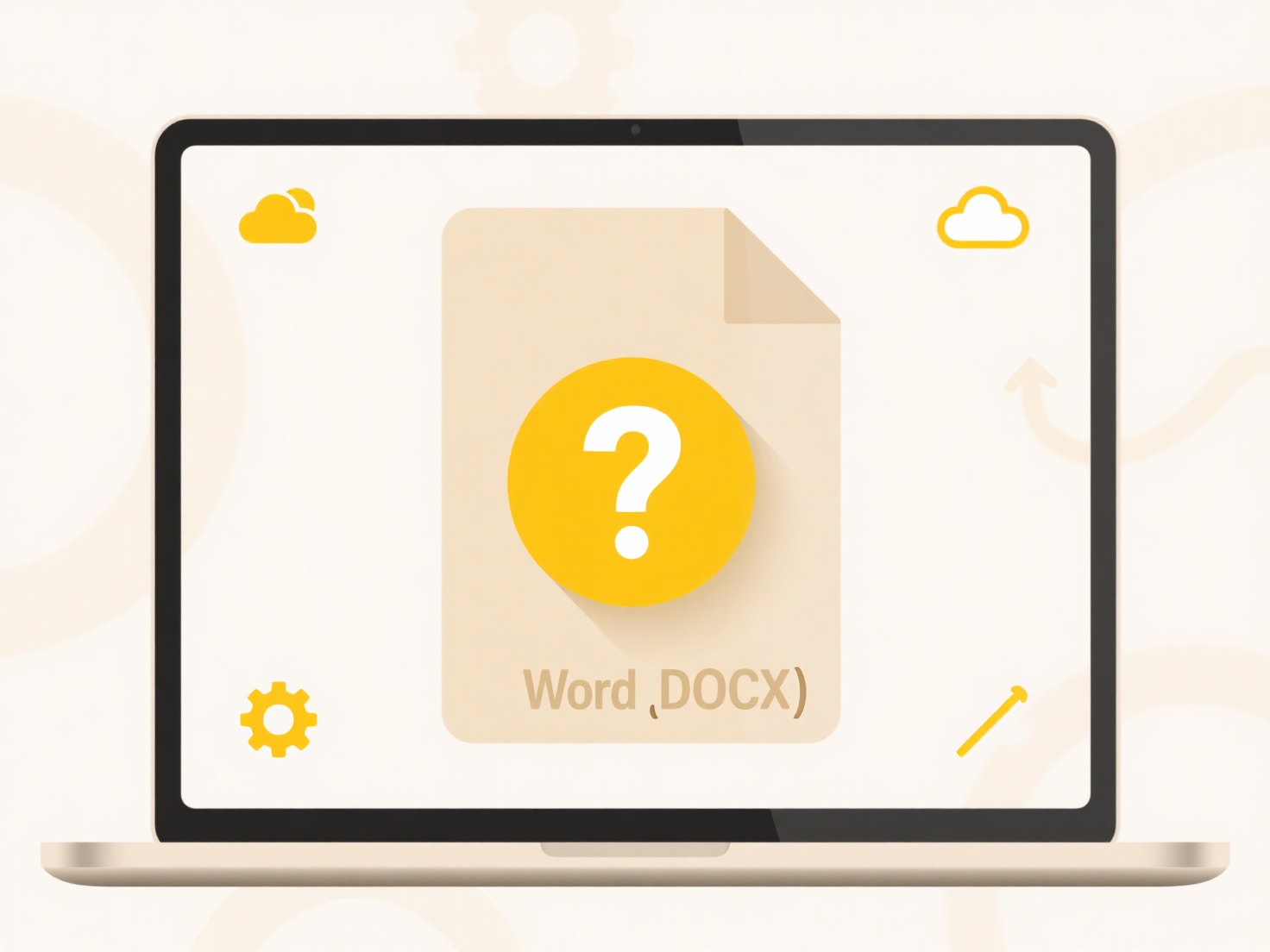
Custom save locations allow users to override an application's default folder (like "Downloads" or "Documents") and pick a specific directory, drive, or network path when saving a file. This differs from simply accepting the pre-set save path, offering direct control over file organization. Essentially, you tell the software precisely where to store your document, image, or other file, rather than it automatically placing it in its standard location.

For instance, a graphic designer might regularly save work-in-progress PSD files directly to a dedicated folder on a high-speed external SSD drive for performance and backup purposes. Similarly, in a corporate environment, an employee might be required to save financial reports exclusively to a secured, network-mapped drive to ensure compliance with data governance policies, bypassing their local drive altogether.
The primary advantage is significant flexibility in file management, improving workflow efficiency and meeting organizational requirements. However, consistently using custom locations requires user diligence to remember chosen paths, potentially complicating file retrieval if done inconsistently. Users must also ensure the chosen location exists and has sufficient space and appropriate permissions. Future software trends increasingly make custom save paths easier to manage and remember.
Can I choose a custom save location?
Custom save locations allow users to override an application's default folder (like "Downloads" or "Documents") and pick a specific directory, drive, or network path when saving a file. This differs from simply accepting the pre-set save path, offering direct control over file organization. Essentially, you tell the software precisely where to store your document, image, or other file, rather than it automatically placing it in its standard location.

For instance, a graphic designer might regularly save work-in-progress PSD files directly to a dedicated folder on a high-speed external SSD drive for performance and backup purposes. Similarly, in a corporate environment, an employee might be required to save financial reports exclusively to a secured, network-mapped drive to ensure compliance with data governance policies, bypassing their local drive altogether.
The primary advantage is significant flexibility in file management, improving workflow efficiency and meeting organizational requirements. However, consistently using custom locations requires user diligence to remember chosen paths, potentially complicating file retrieval if done inconsistently. Users must also ensure the chosen location exists and has sufficient space and appropriate permissions. Future software trends increasingly make custom save paths easier to manage and remember.
Quick Article Links
Can I compare search results over time?
Comparing search results over time involves analyzing data from past searches to identify changes in rankings, content v...
How do I manage access to files in Box?
Managing access in Box involves controlling who can view, edit, download, or share your files and folders. You set permi...
Why does my file save in the wrong folder?
Files might save to an unexpected location due to the interplay between default settings and the last folder used by an ...